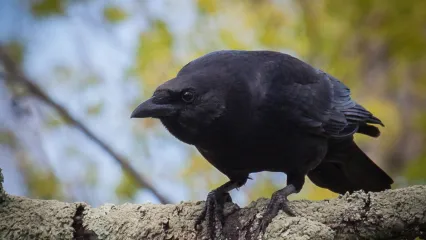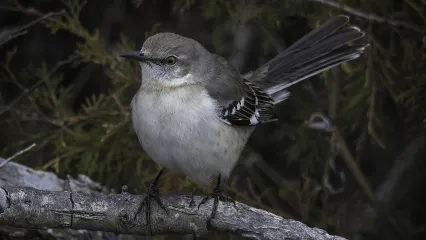
Description
Unique among ducks, the black-bellied whistling-duck can be identified by its upright, goose-like posture; reddish-brown chest and back; black belly; gray face; white eye ring; and pink legs and bill. Males and females are similar in size and coloration. In flight, the relatively long legs extend beyond the tail.
Size
Adults are approximately 19-21 inches long, with a 30-inch wingspan.
Habitat
In Oklahoma, the black-bellied whistling-duck can be found around ponds and lakes. It is now an urban-adapted bird and many of the birds that nest in Oklahoma have been reported in residential neighborhoods and on golf courses. Most of the birds in Oklahoma occur along the Red River valley in south-central and southeastern Oklahoma, and others are scattered across central Oklahoma and have been observed regularly in Comanche, Grady, Oklahoma, Kingfisher, Alfalfa, Payne, Osage, Creek, Tulsa, Sequoyah, and Pittsburg counties.
Life Cycle
Formerly known as a “tree-duck,” the black-bellied whistling-duck nests in tree cavities and may be seen perching on tree limbs. They may also nest in man-made boxes or on the ground. Nine to 18 white eggs are incubated for a month, and the ducklings leave the nest or cavity within a day or two of hatching. Unlike most duck, both the male and female take turns incubating the eggs, and the young are cared for by both parents for up to two months.
The whistling-duck feeds primarily on aquatic plants or agricultural crops but will also eat aquatic invertebrates. Foraging is mostly done at night.
How To Observe
The black-bellied whistling-duck is a Neotropical migrant and typically arrives in Oklahoma in mid-April. Though most birds leave the state by late August, they may remain in the southeast region until late October.
The black-bellied whistling-duck is a relative newcomer and has been known to occur in Oklahoma only since 1983 when two adults, one with a metal band, were documented in Tulsa County. Nesting was confirmed in the state in 1999 on three separate occasions: in Osage County in July, and in Kingfisher and Tulsa counties in September.


